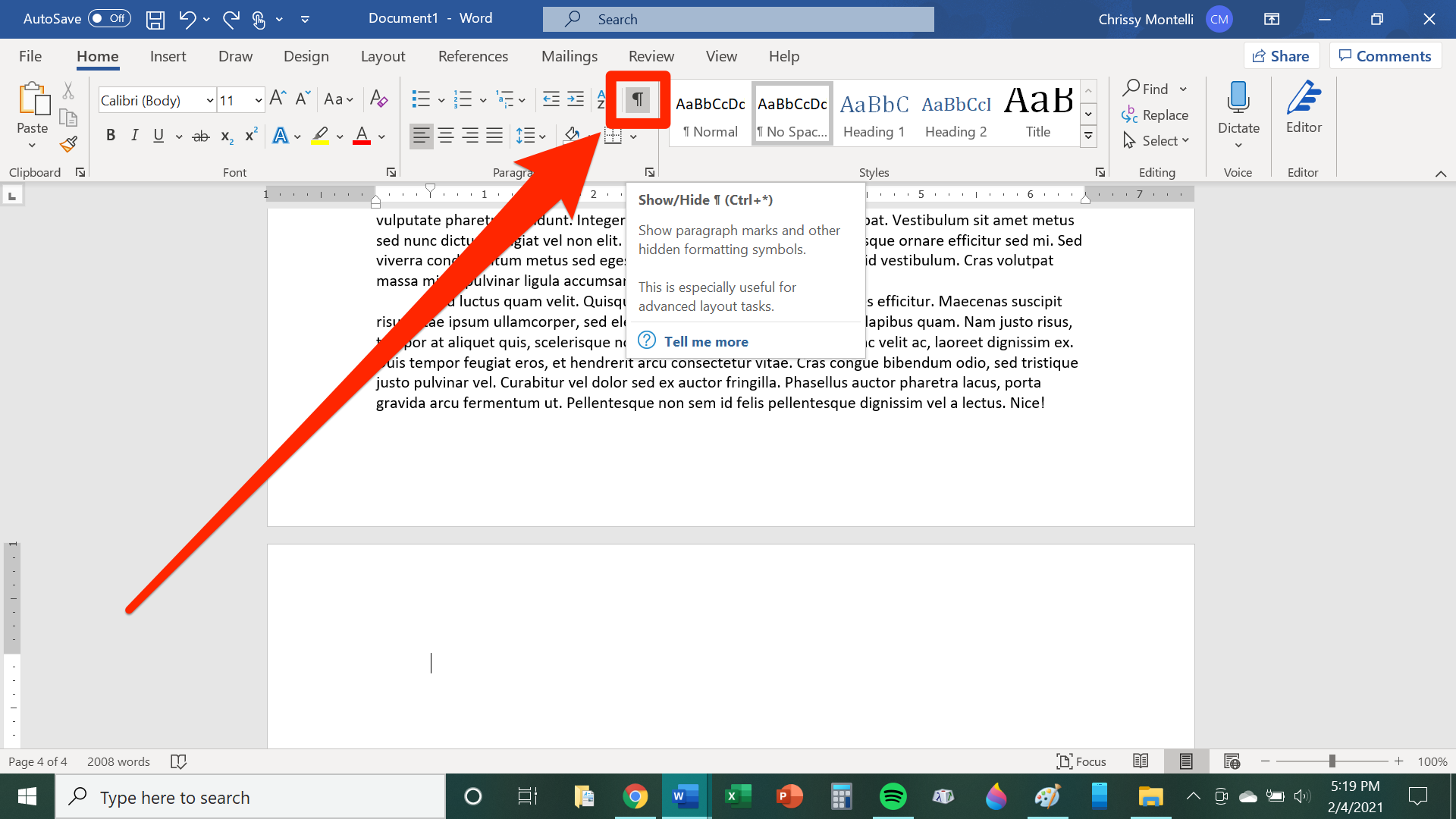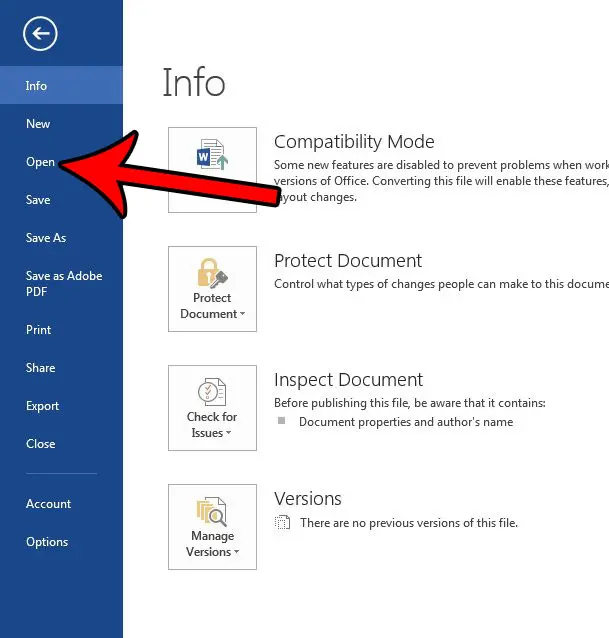Before delving into the various methods of deleting files in
Microsoft Word, it's essential to understand the underlying mechanisms of file deletion within the application.
- Permanent Deletion: When you delete a file in Microsoft Word, it typically moves to the Recycle Bin or Trash, depending on your operating system. However, simply deleting a file from Word's interface doesn't necessarily remove it permanently from your computer's storage.
- File Dependencies: Word documents may contain embedded objects, links to other files, or references to external resources. Deleting a file within Word doesn't always eliminate these dependencies, which could result in broken links or missing content.
- Document Recovery: Microsoft Word often includes features for document recovery, allowing users to retrieve accidentally deleted files or restore unsaved changes. Understanding these recovery mechanisms can help prevent permanent data loss.
In addition to traditional file deletion methods,
Microsoft Word offers various features and functionalities for managing documents effectively.
| Feature | Description |
|---|
| Document Versions | Word allows users to save multiple versions of a document, facilitating easy access to previous iterations and reducing the risk associated with file deletion. |
| AutoRecover | AutoRecover automatically saves a backup copy of your document at regular intervals, providing an additional layer of protection against accidental data loss. |
| Cloud Integration | With cloud integration features like OneDrive or SharePoint, users can store documents securely online, enabling seamless collaboration and ensuring data accessibility from any device. |
By familiarizing yourself with these aspects of file deletion and document management in
Microsoft Word, you can streamline your workflow and minimize the risk of data loss or organizational challenges.
Methods of Deleting Files in Microsoft Word
 Microsoft
Microsoft Word offers several methods for deleting files, each catering to different user preferences and scenarios. Let's explore some of the primary methods:
- Using the Delete Key: The simplest method to delete content in Word is by selecting the text, image, or object and pressing the Delete key on your keyboard. This method is ideal for removing small sections of content or individual elements within a document.
- Backspace: Similar to the Delete key, the Backspace key on your keyboard can also be used to delete content in Word. However, unlike the Delete key, Backspace deletes content in the backward direction, making it useful for correcting mistakes or removing characters one by one.
- Cutting: The Cut command, accessible through the toolbar or keyboard shortcut (Ctrl + X), removes the selected content from the document and places it in the clipboard. This method is useful for moving content to a different location within the same document or to another document entirely.
- Using the Clear Command: Word's Clear command allows you to remove specific types of content, such as formatting, without deleting the entire selection. This can be accessed through the Edit menu or by right-clicking on the selected content.
- Deleting Entire Pages: To delete entire pages in Word, you can use the Navigation Pane or select the content manually and press the Delete key. This method is convenient for quickly removing large sections of content or blank pages.
Additionally, Word offers advanced features for managing and deleting files, especially in collaborative environments:
| Feature | Description |
|---|
| Track Changes | When Track Changes is enabled, deletions made by users are displayed as markup, allowing for easy review and acceptance/rejection of changes. |
| Document Compare | Word's Document Compare feature enables users to compare two versions of a document, highlighting deletions and insertions between the two versions. |
By leveraging these methods and features, users can efficiently manage their documents in Microsoft Word, ensuring accuracy, collaboration, and productivity.
Common Issues and Solutions
While working with
Microsoft Word, users may encounter various common issues related to file deletion. Here are some of the most prevalent issues along with their solutions:
- Accidental Deletion: One of the primary issues users face is accidentally deleting important content or entire documents. To address this issue, Word offers the Undo command (Ctrl + Z), allowing users to quickly revert the deletion.
- File Corruption: In some cases, deleting files in Word may lead to file corruption, resulting in inaccessible or unreadable documents. To mitigate this issue, regularly save your documents and create backup copies to restore from in case of corruption.
- Broken Links: Deleting files that are linked or embedded within a Word document can lead to broken links or missing content. To prevent this, update links before deleting files or ensure that all necessary files are included with the document.
- Unauthorized Deletion: In collaborative environments, unauthorized deletion of files or content can occur. Implementing document protection features, such as password protection or restricted editing, can help prevent unauthorized deletions.
In addition to these common issues, users may encounter specific challenges depending on their workflow and usage of
Microsoft Word:
| Issue | Solution |
|---|
| Deleted Content Recovery | If you accidentally delete content and cannot recover it using the Undo command, you can try accessing previous versions of the document or utilizing Word's AutoRecover feature to retrieve unsaved changes. |
| Large Document Deletion | For large documents with extensive formatting or embedded objects, deleting content may be time-consuming or prone to errors. Consider using Word's Navigation Pane or selecting content in chunks to facilitate the deletion process. |
By proactively addressing common issues and implementing effective solutions, users can minimize disruptions and ensure smooth operations while deleting files in Microsoft Word.
Tips for Efficient File Management
Efficient file management is essential for maintaining organization and productivity in
Microsoft Word. Here are some valuable tips to streamline your file management process:
- Consistent Naming Convention: Develop a standardized naming convention for your documents to facilitate easy retrieval and identification. Include relevant information such as date, project name, or version number in the file name.
- Folder Organization: Create a well-structured folder hierarchy to categorize and store your documents logically. Organize folders based on projects, clients, or document types to simplify navigation and access.
- Use of Metadata: Leverage metadata features in Word to add descriptive information to your documents. This metadata can include keywords, author names, or document properties, enhancing searchability and organization.
- Regular Cleanup: Periodically review and declutter your document folders to remove outdated or unnecessary files. This practice not only frees up storage space but also ensures that you're working with the most relevant and up-to-date information.
Furthermore, consider utilizing the following advanced features and functionalities within
Microsoft Word for enhanced file management:
| Feature | Description |
|---|
| Document Templates | Create and use document templates for standardized formatting and content structure. Templates help maintain consistency across documents and save time on repetitive tasks. |
| Document Properties | Utilize document properties to add custom metadata, such as project details or document status. Document properties can be viewed and edited in the Document Information Panel. |
| Version History | Take advantage of Word's version history feature to track changes and revisions made to a document over time. This feature enables you to revert to previous versions if needed and track the document's evolution. |
By implementing these tips and leveraging Word's advanced features, you can enhance your file management practices, increase efficiency, and optimize your workflow in Microsoft Word.
Conclusion
In conclusion, mastering the art of file deletion in
Microsoft Word is essential for efficient document management and workflow optimization. By understanding the various deletion methods, addressing common issues, and implementing effective file management strategies, users can streamline their work processes, minimize errors, and ensure data integrity.Remember to leverage Word's advanced features and functionalities, such as document templates, metadata, and version history, to enhance your file management practices further. With these tips and insights, you'll be better equipped to navigate the complexities of file deletion in
Microsoft Word and maximize your productivity.
 Microsoft Word offers several methods for deleting files, each catering to different user preferences and scenarios. Let's explore some of the primary methods:
Microsoft Word offers several methods for deleting files, each catering to different user preferences and scenarios. Let's explore some of the primary methods:
 admin
admin








